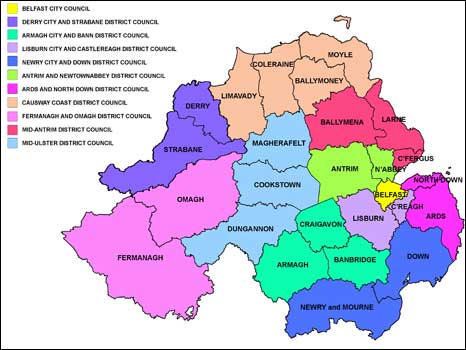- BY Kevin Barry BSc(Hons) MRICS
- POSTED IN Latest News
- WITH 0 COMMENTS
- PERMALINK
- STANDARD POST TYPE

Barometer of NI Construction activity update
Overview
As of September 26, 2025, Northern Ireland’s construction sector continues to show overall expansion based on official Q2 2025 data, but with significant underlying vulnerabilities. The NISRA Construction Output Bulletin for Q2 (April-June 2025) reported a 15-year high in output, up 3.8% quarterly and 7.3% annually. However, this masks uneven performance across sub-sectors, with infrastructure slightly declining (-1.0%) and persistent challenges like skills shortages, rising costs, and infrastructure bottlenecks—particularly wastewater capacity—threatening momentum.
Recent industry warnings highlight that these issues are causing project halts, leading to work shortages in specialized areas such as piling and foundations. Earlier 2025 surveys (e.g., RICS Q1 and PMI) indicated contractions, but Q2 data suggests a partial rebound, though sustainability is in question amid funding gaps and economic pressures.
Key barometers:
- NISRA Output: Historic highs, but sub-sector disparities.
- PMI (Ulster Bank): Sharp contractions in early 2025, with falls in activity and new orders.
- RICS Construction Monitor: Subdued Q1 2025 workloads, but optimism for yearly improvement; skills shortages acute (e.g., 55% report quantity surveyor deficits). 2 sources
- Broader Trends: Annual output growth of 10.5% (April 2023-2024 per AECOM), but Q3 previews (e.g., July 2025 CN data) show mixed starts and poor contract awards/planning approvals. Wastewater crises are halting developments in 23 towns, directly impacting subcontractors like piling contractors, who are running out of work due to stalled projects.
Key Metrics from NISRA Q2 2025
| Metric | Q2 2025 Value | Change vs. Q1 2025 | Change vs. Q2 2024 | Rolling 4-Quarters Change | Notes |
|---|---|---|---|---|---|
| Total Construction Output | 15-year high | +3.8% | +7.3% | +9.7% | 79.7% above Q2 2020 low; contributes 0.4 pp to NICEI growth. |
| New Work | N/A | +6.3% | N/A | N/A | Boosted by housing (+15.6%). |
| Repair & Maintenance | N/A | +2.6% | N/A | N/A | Steady growth. |
| Infrastructure Sub-Sector | N/A | -1.0% | N/A | N/A | Declines linked to funding delays and wastewater issues. |
| Other Work Sub-Sector | N/A | -0.3% | N/A | N/A | Marginal dip in commercial. |
Challenges and Outlook
- Wastewater Infrastructure Bottlenecks: A critical £2.03bn funding shortfall (2027-2033) has led to an “effective halt” of new developments in 23 towns, stalling housing (lowest starts in 10 years), schools, and commercial projects due to sewer connection limits.
- Over 6,000 homes are at risk, directly affecting early-stage work like piling and foundations, where local contractors are running out of projects as developments are paused. This could reduce the construction workforce by 4% by 2027 if unaddressed, exacerbating work shortages for specialized subcontractors.
- Skills and Labour Shortages: Acute deficits (e.g., plumbers, labourers, quantity surveyors) are hampering growth, with 77% of builders citing impacts on projects.
- Paradoxically, while there’s demand, shortages cause delays and cancellations, compounding issues for piling firms reliant on timely project starts.
- Economic Pressures: Rising costs (materials, National Insurance), planning delays, and administrations (several firms collapsed in 2025) add strain.
- Public sector workloads fell sharply in late 2024/early 2025.
- Positive Signals: Optimism persists, with CITB forecasting 5,450 extra workers needed (2025-2029) and infrastructure/infill housing growth expected.
- Q2 rebound and private sector upticks offer hope, but wastewater resolutions (e.g., developer levies, SuDS) are urgent.
- Next Updates: NISRA Q3 bulletin due January 15, 2026; interim PMI/RICS data may signal shifts.
The sector is expanding but fragile, with wastewater-driven halts creating immediate work shortages for piling contractors and risking broader downturns without intervention.
